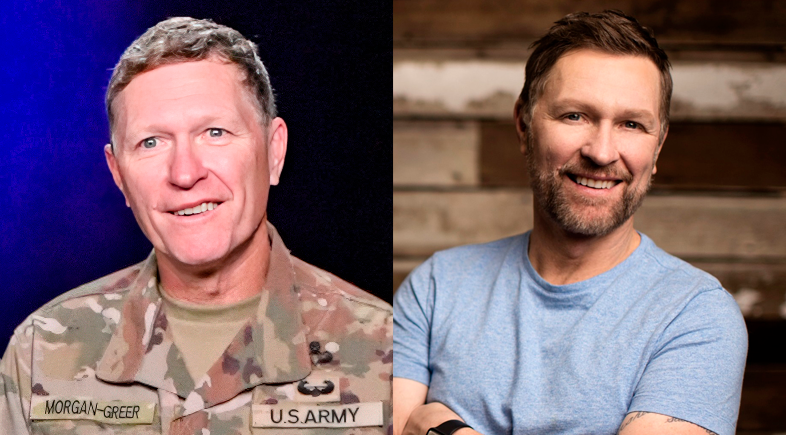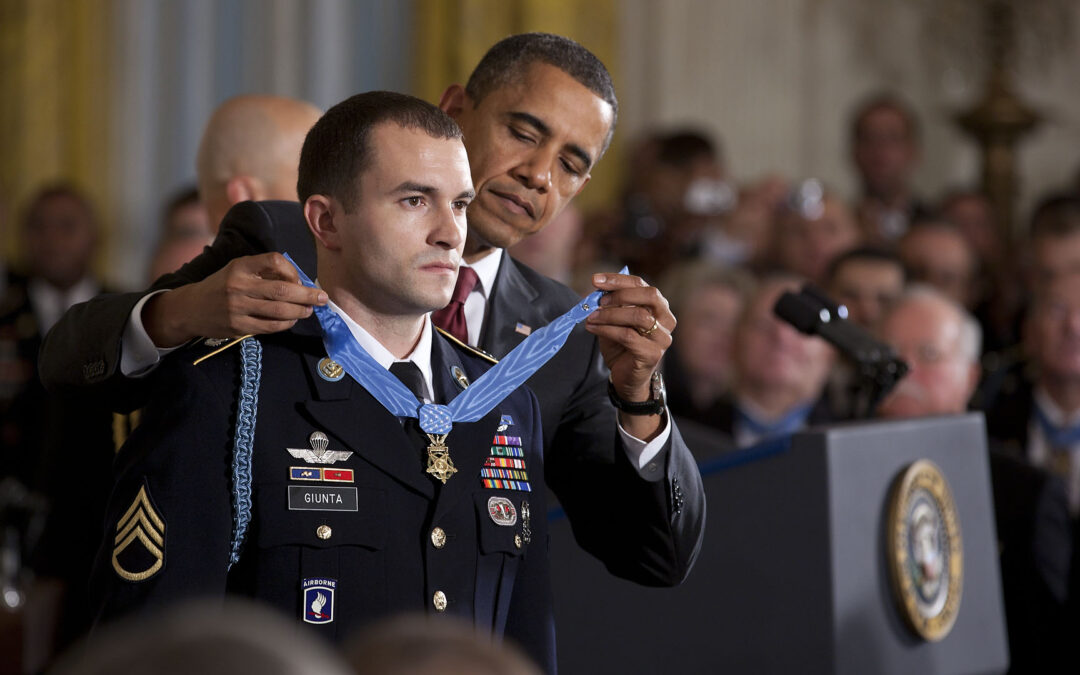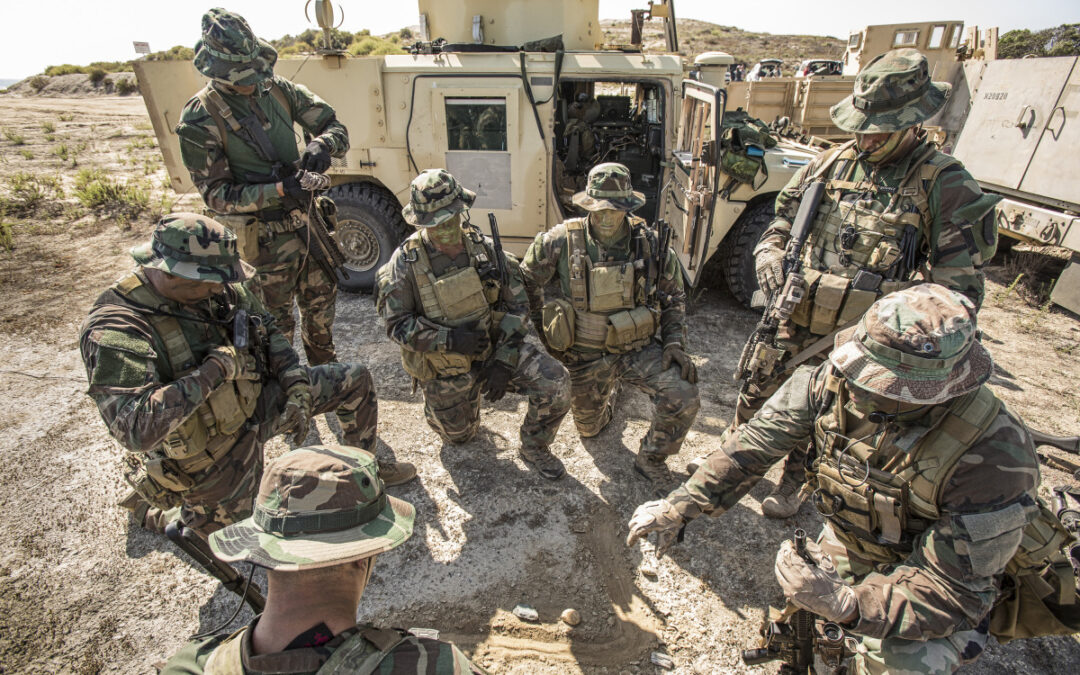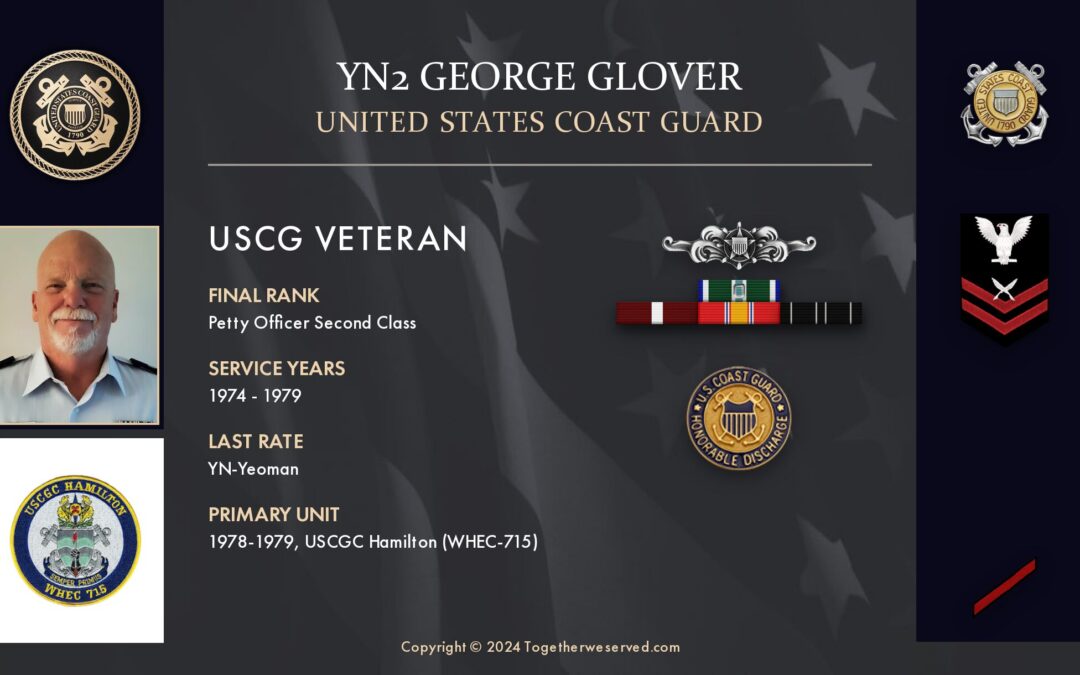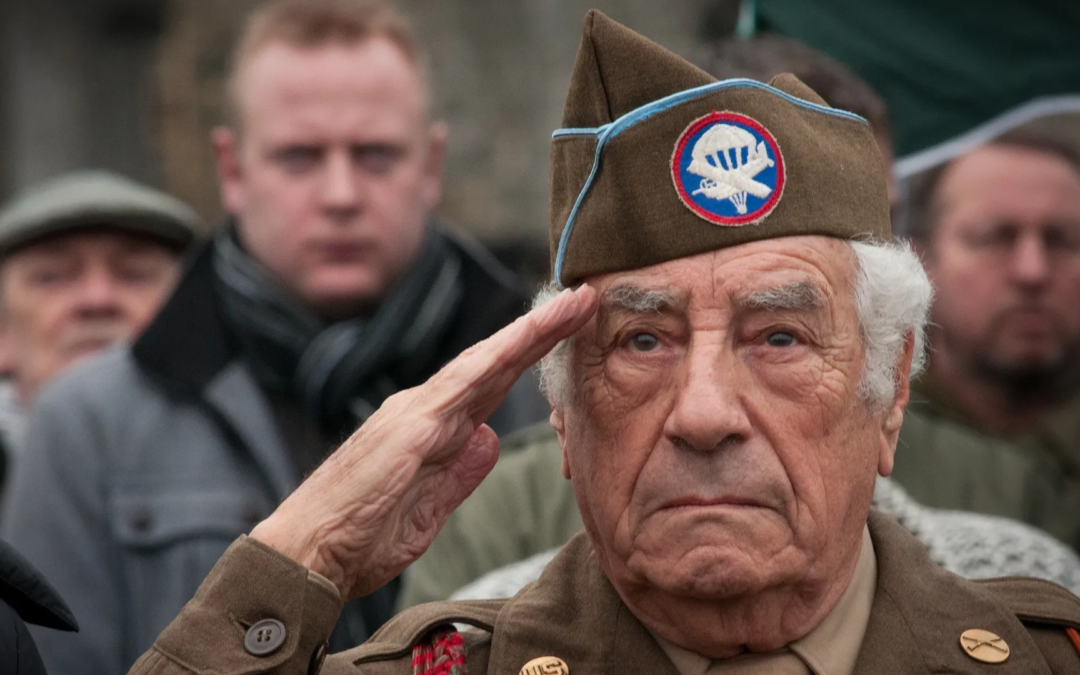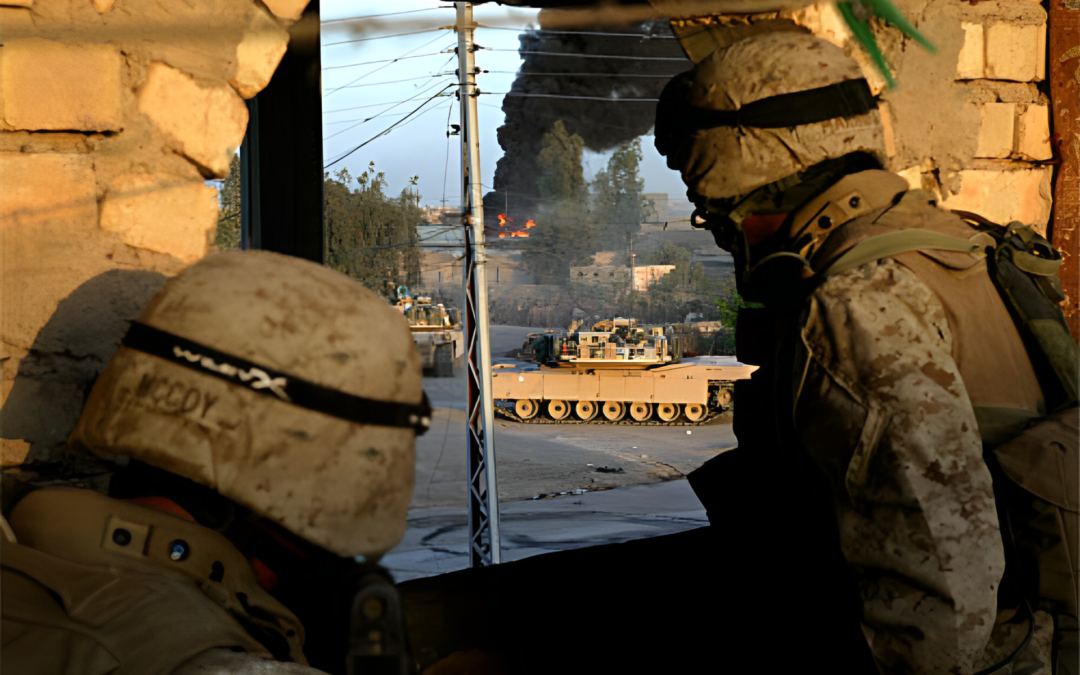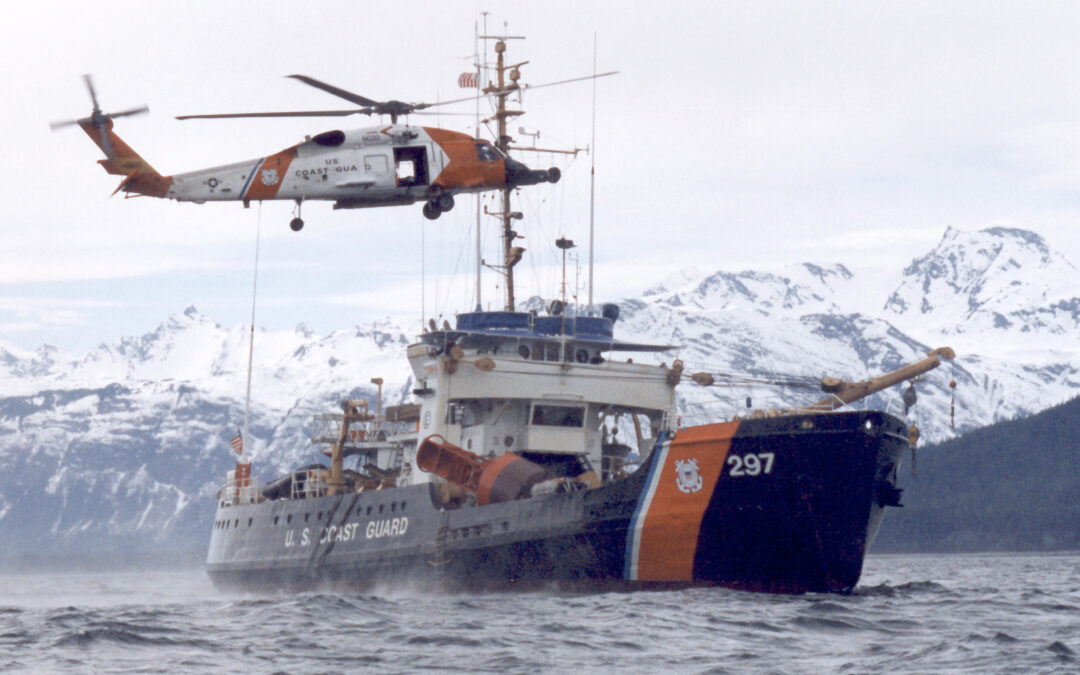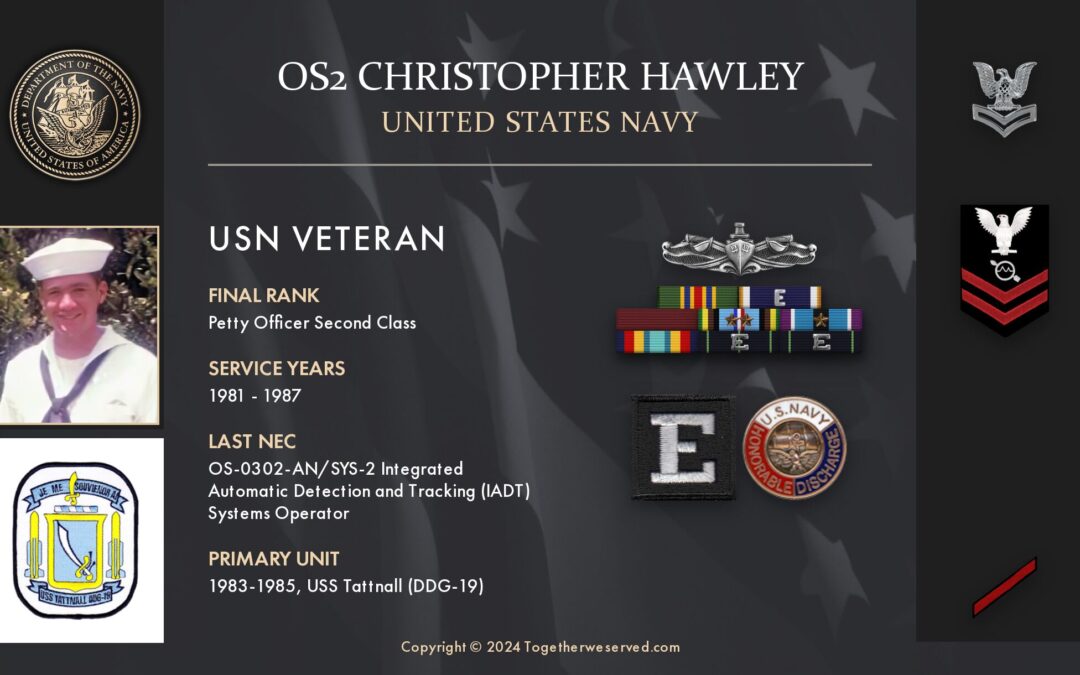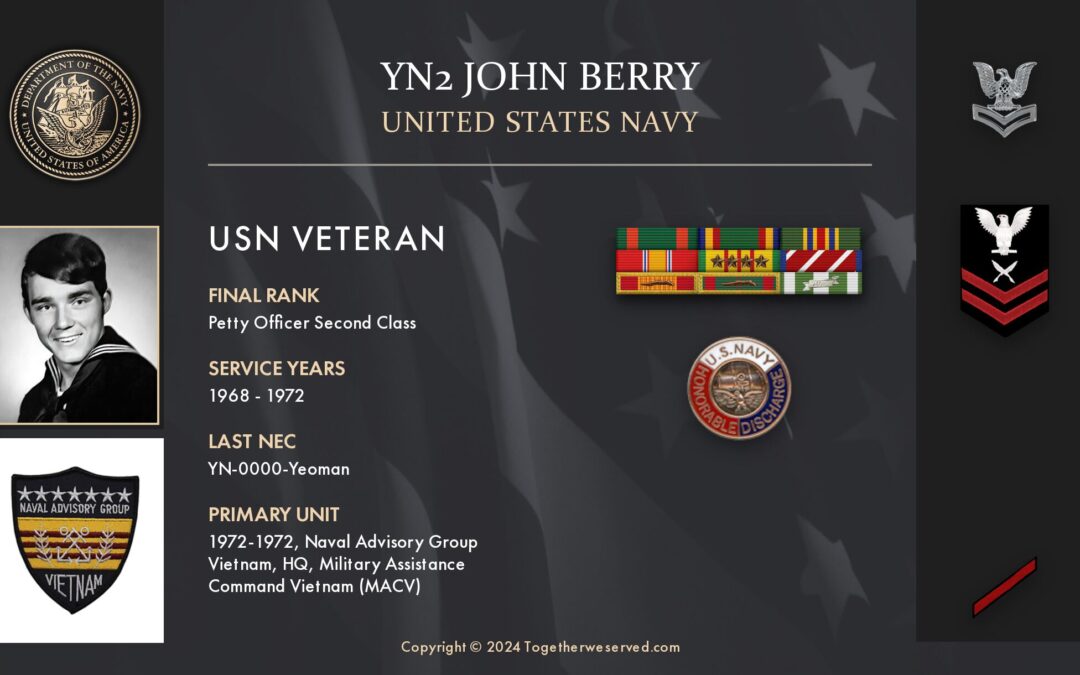Craig Morgan, the renowned country music artist, is known for his remarkable military service. Before pursuing a successful career in the entertainment industry, Morgan dedicated over a decade of his life to serving his country in the United States Army. Rising through the ranks, he served as a member of the 82nd Airborne Division and later as a member of the 101st Airborne Division. Today, Craig Morgan continues to significantly impact military organizations through his advocacy and support for veterans' causes. The Early Years of Craig Morgan Born on July 17, 1964, in Dickson County, Tennessee, Craig Morgan spent his early years immersed in the rural landscapes of the American South. Raised amidst rolling hills and open fields, Morgan's childhood was a testament to hard work and community values. Influenced by the sounds of classic country music, he developed a passion for storytelling through song. During his teenage years in the early 1980s, Morgan began honing his musical...
